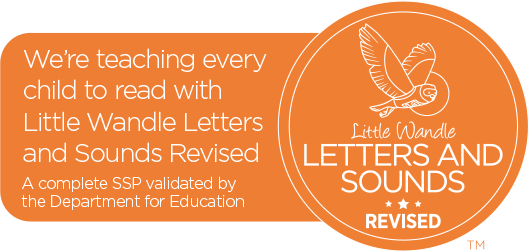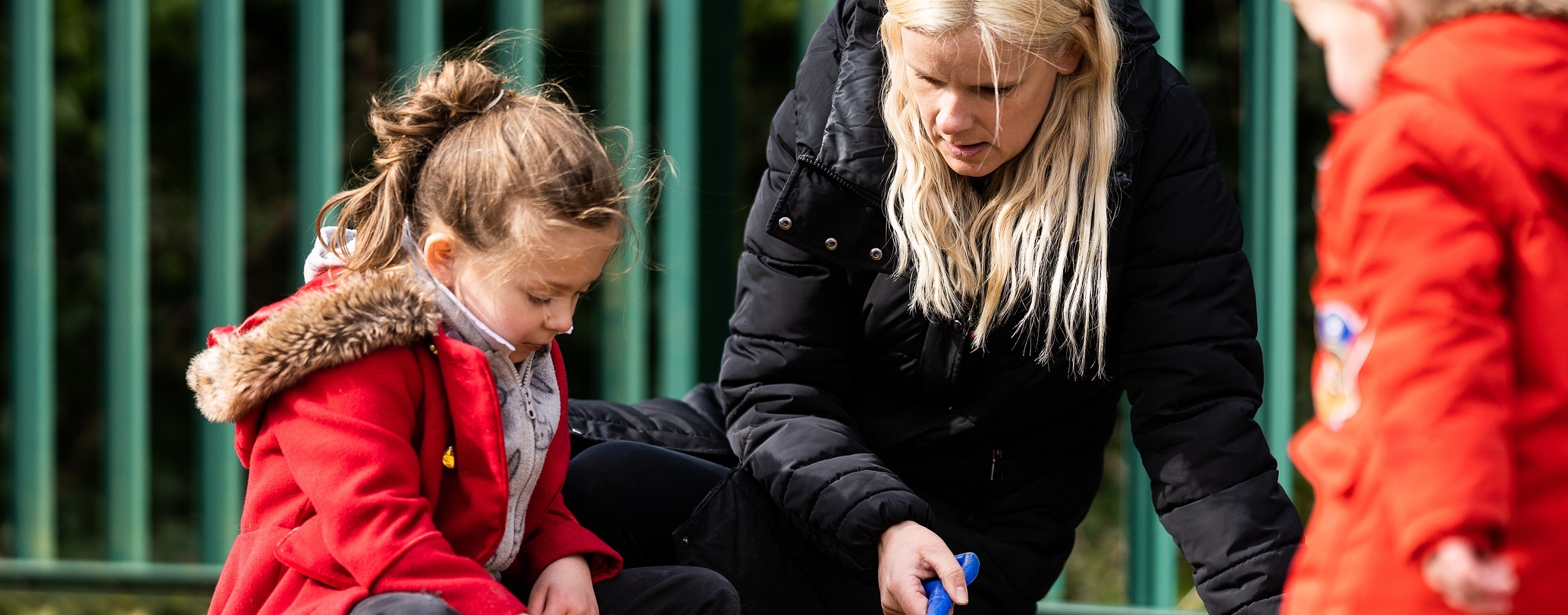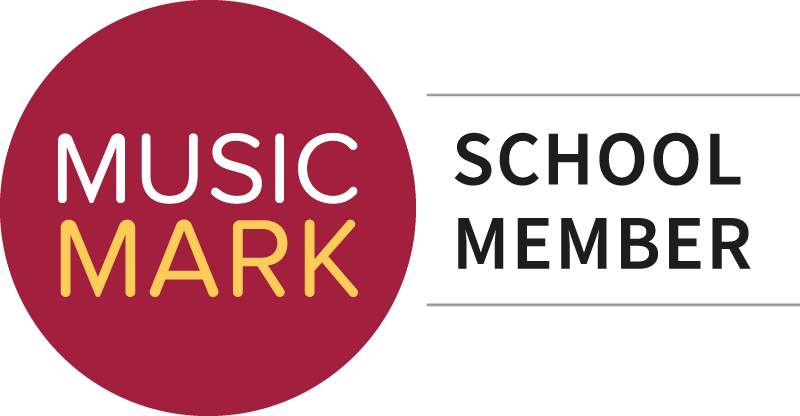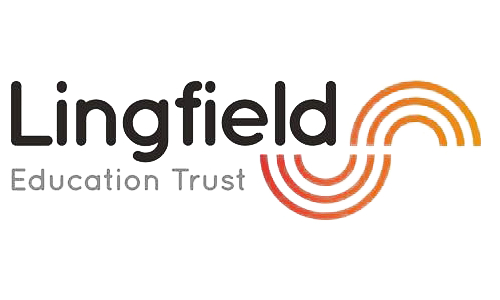Reading
Reading is at the heart of Lingdale Primary School. Learning to read is the most important thing your child will learn at school. We want every child to love reading and to want to read for themselves. Therefore, we put our efforts into making sure they develop a love of books as well as simply learning to read. We have embedded a Reading for Pleasure culture in school based on research by Professor Teresa Cremin which is visible from the moment you enter the building.
“Reading for pleasure is more closely associated with intrinsic motivation; it is reading that children do for themselves at their own pace, with whom they choose and in their own way.”
By creating a reading community pedagogy, we have discovered our pupils’ interests and identities and ensure our practice is reader- led, informal, social and uses texts that tempt. Our school library is a small but welcoming place; all classes have designated time to visit and it is open to families every Thursday after school. Parents can ask advice on how best to encourage reading at home and how to ensure children are understanding what they are reading.
In addition to reading at school, all pupils are expected to read daily at home. Pupils who bring in their signed home reading records at least three times a week are entered into our weekly Book Draw. The lucky winners from each class are allowed to choose a book, which is theirs to take home and keep.
Early Reading
At Lingdale Primary School, we strive to ensure that all children learn the phonetic code. We use the Little Wandle Letters and Revised scheme of learning to deliver our progressive phonics teaching. This complete systematic synthetic phonics programme (SSP) teaches children to decode (read) and encode (spell). Our systematic phonics provision allows the literary and wider world to open up to the children whilst meeting all the expectations of the National Curriculum and preparing children to go beyond the expectations of the Phonics Screening Check. More information on the ‘Little Wandle Letters and Sounds Revised’ scheme for parents can be found here.
These four videos show you how to pronounce the sounds. Notice how the children don’t add an ‘uh’ sound at the end, so they say: ‘t’ not ‘tuh’.

The videos below show you how we teach your child specific aspects of phonics in class.
The video below shows you all about how to support your child with reading, including information about their reading books and Share a Story books.
Reading Policies
| Phonics Policies & Documents | Download |
| Phonics and Early Reading | Download |






